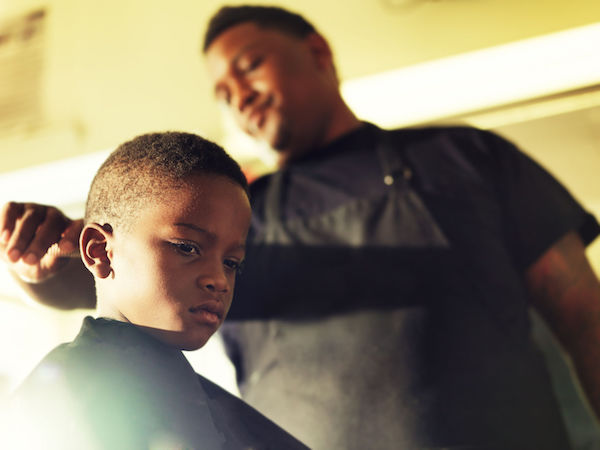Lice are tiny insects that live on the human scalp.

The louse lives off miniscule amounts of blood from the scalp, while lice eggs, known as nits, attach to the hair follicle. The lice life cycle can last as long as 30 days on the scalp during which time they will reproduce efficiently.
Many children and their parents will battle this parasite, as lice spread from one child to another quite easily due to close contact. For this reason, children with lice in their hair tend to be shunned socially. However, while lice treatment can be lengthy, the parasite is not dangerous.
According to a worldwide study, lice can occur no matter how rich or poor, clean or dirty the population and people.
What are its symptoms?
Head lice infestation may go unnoticed for some time. Here are symptoms that may indicate that a closer look at the scalp is required:
- The scalp becomes itchy
- Scratching the head continuously
- A crawling sensation on the scalp
- Small red lumps may appear on the scalp – a sign of a minor allergic reaction
How is it diagnosed?
As lice are tiny parasites no bigger than a poppy seed, they can be difficult to spot. Diagnosis can take place using the following steps:
- Check the head for lice and nits. Adult lice are either brown or yellow insects about 2mm in length) and smaller than a poppy seed. Lice eggs, or nits are easier to spot as they are attached to the hair follicle close to the scalp and usually appear white, transparent or yellow.
- Look for other signs of their presence, including small red lumps on the scalp and itchiness.
- Ask your Clicks Pharmacist or nurse, or a doctor to confirm.
What are your treatment options?
Lice treatment involves repeated use of lice shampoo and a lice comb. There are a number of different medicated shampoos available. It is important to consult your Clicks Pharmacist to ensure that the product is safe to use, especially on children.
Use the product as directed. This should involve washing the hair with the shampoo and then combing through the hair with the fine-tooth comb to take out any remaining lice and nits.
You may need to repeat the treatment in order to prevent any surviving nits from hatching.
Can it be prevented?
Preventing lice is not always easy as it involves avoiding contact with those who already have lice but who may not know it. However, when you are aware of lice infestation in your community, take the following precautions:
- Avoid head-to-head contact with others
- Avoid sharing hats, hairbrushes or helmets
- Keep bed linen clean and avoid sharing pillows with those who have an infestation
- Carefully comb through wet hair with a lice comb to remove any potential lice.
What to do now
To make an appointment at a Clicks Clinic, call 0860 254 257 or visit Clicks Clinic online.
IMAGE CREDIT: 123rf.com
